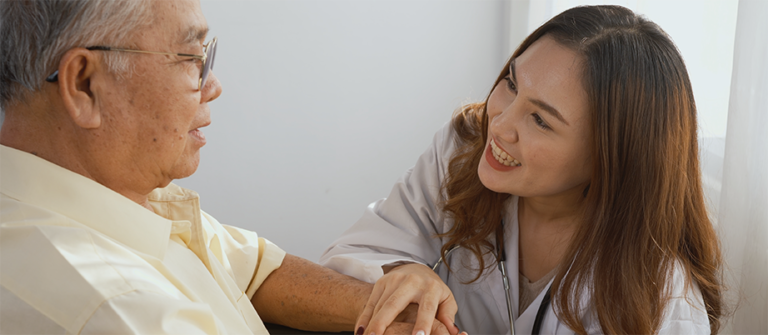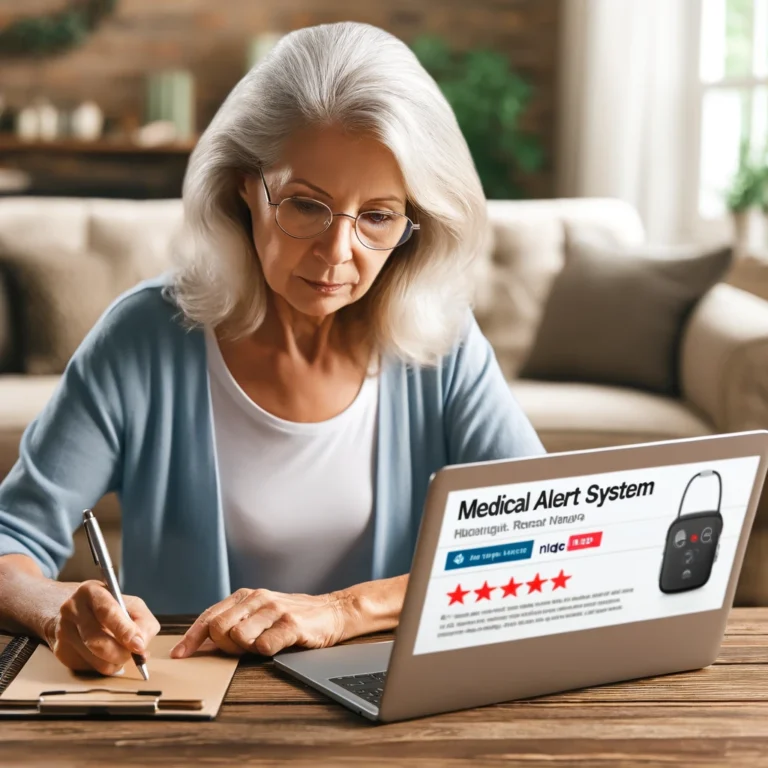
In recent years, smart home technologies have revolutionized how we support older people to live independently and securely in their homes. These innovative solutions foster a sense of autonomy and ensure a safe living environment. Let’s dive into the pivotal role of smart home technologies in enhancing elderly care.
The Role of Smart Home Technologies in Elderly Care
Smart home technologies incorporate various sensors and devices seamlessly integrated into home environments to monitor and support the daily activities of older people. These technologies include:
- Activity and Health Monitoring: Sensors track daily activities and health metrics, providing data that can alert caregivers and family members to potential health issues or emergencies.
- Enhanced Safety Measures: Technologies such as fall detection sensors and emergency response systems reduce the risk of accidents and provide quick assistance when needed.
- Improved Comfort and Convenience: Automated systems can control lighting, temperature, and security, making the home more comfortable and easier to manage for older adults.

Insights from Recent Studies
Recent studies have shown that smart home technologies are not just beneficial but are becoming essential for aging in place. These systems provide critical support that helps older adults maintain their independence by:
- Monitoring daily activities such as sleep patterns and medication intake, ensuring that the elderly are following their daily routines and staying healthy.
- Detecting abnormal behaviors that could indicate emergencies or health declines, thus enabling timely interventions.
- Supporting cognitive health by using data to notice changes that might suggest cognitive impairments or the need for adjustments in care.
says Jennifer Margarett from the lowa State University, one of authors of the recently published “In-Home Monitoring Technology for Aging in Place: Scoping Review” article.
Practical Applications in Elderly Homes
Smart home technologies have been successfully implemented in various settings, demonstrating substantial benefits:
- Sensor-based Systems: These systems monitor movements and activities around the house, ensuring that daily routines are maintained and any deviations are noted for safety.
- Health Monitoring Devices: Wearable devices and embedded sensors provide continuous health monitoring, sending alerts if there are any concerns.
- Environmental Controls: Automated systems that control lights, thermostats, and locks help manage the living environment effortlessly, catering to the comfort and needs of older adults.
Challenges and Considerations
While the adoption of smart home technologies is on the rise, several challenges need addressing:
- Privacy and Security: Ensuring that the data collected is secure and that confidentiality is maintained is crucial to gaining trust.
- Technology Adoption: Some elderly individuals may resist using new technologies, requiring more straightforward interfaces and better integration into daily life.
- Cost and Accessibility: Making these technologies affordable and easily accessible to all elderly individuals is necessary for widespread adoption.
Conclusion
Smart home technologies are transforming elderly care, enabling individuals to age in place safely and comfortably. As these technologies evolve, they will continue to provide innovative solutions that enhance the quality of life for the elderly. For caregivers and families, these technologies offer reassurance that their loved ones are safe, healthy, and supported in their desire to live independently.
As we look toward the future, it is clear that smart home technologies will play a pivotal role in shaping elderly care, making it more proactive, personalized, and accessible for everyone.
Sources:









